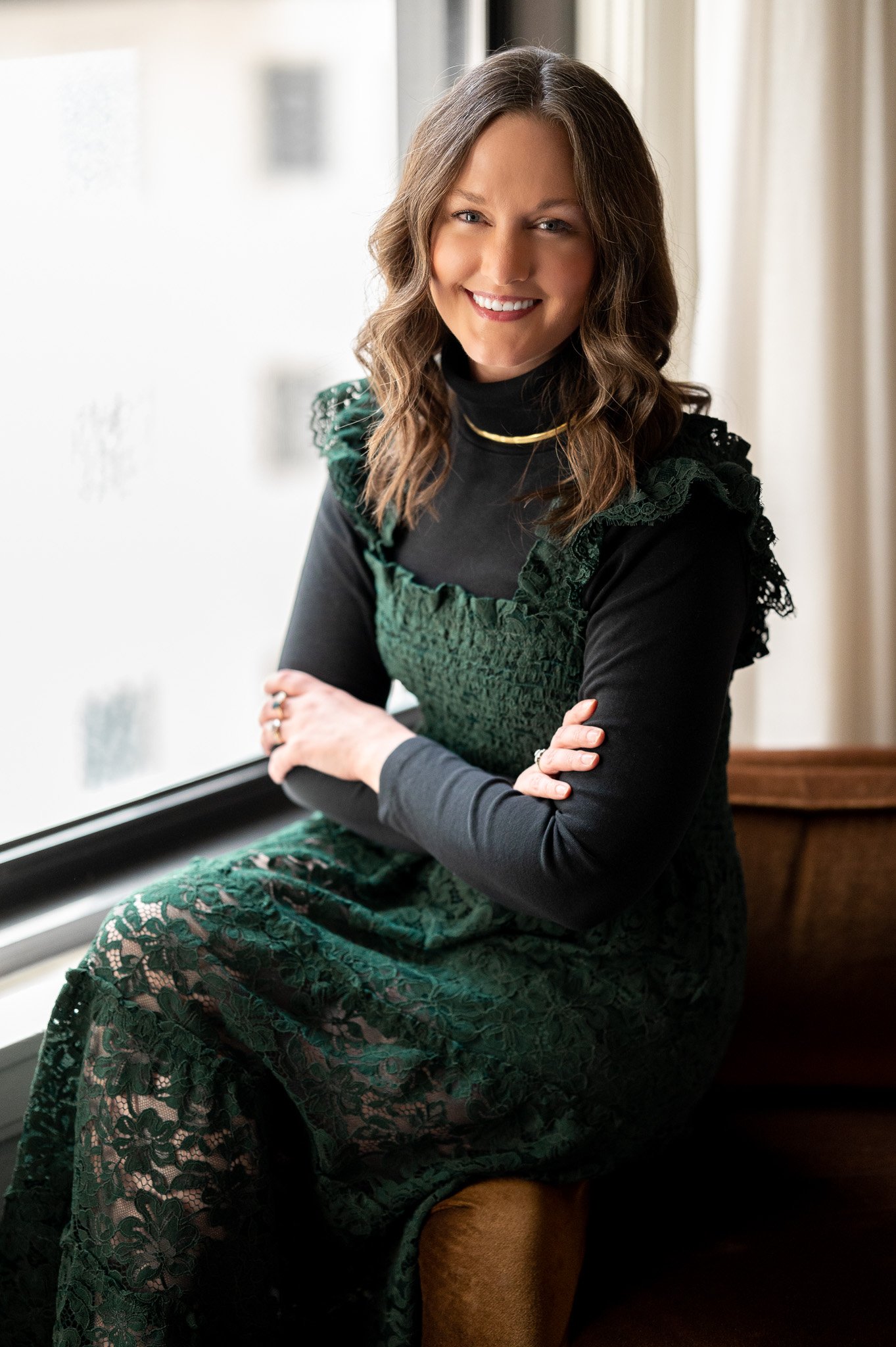Madame François Buron | 1769 | Jacques-Louis David
On display at the Art Institute of Chicago in the European Painting and Sculpture
Gallery 217
The first thing that captures me about this painting by Jacques-Louis David is the expression on Madame Francios Buron's face. What do you think that expression represents? In the quote below from George Dunkley's blog, Books and Art, the expression is described as "a warm reserve." But I don't think that quite captures it. She seems a little caught off guard? A bit annoyed? A little shy? What do you think?
“Following his father’s death in 1757, David was raised in the house of his uncle, the architect François Buron. Madame Buron was particularly supportive of David’s desire to become a painter, in opposition to her husband’s wish that he study architecture. In this early intimate portrait, David presented his aunt looking up momentarily from her reading to acknowledge the viewer with a warm reserve.”
The second thing that struck me was her wardrobe. She has such a perfectly 1970s dress on. In particular, the robings (or strips of ruched, gathered or pleated fabric) down the front of the gown which appear on both the painting and this sample gown from 1765.
“The flat folds of fabric, known as robings, that edge the sides of the gown were left over from the large pleats that once fell from the shoulders. As the sack became more formal, robings presented an opportunity for embellishment, as in the pleated folds adorning the sides of the blue gown pictured here. They were often stuffed with sheep’s wool to give them volume. Other types of adornment included metallic lace and fly braiding on a trim of silk floss tied into tiny multicolored knotted tassels. The flounces that decorated the front of the petticoat were known as falbellas or furbelows, and were usually affixed only to the front of the petticoat, where they were visible.”
It was common during this time to wear the same dress to multiple occasions. You'd simply change the trimmings depending on the event. The gown shown above is a Robe à la Française or a sack-back gown. The back of the dress hangs loose from the shoulders down, as opposed to fitting closely to the body, which would be called a Robe à la Anglaise. It is impossible to tell which style Madame Francios Buron is wearing in the portrait.
I imagine that Madame Francios Buron might be reading The History of Emily Montague by Frances Brooke, published the same year as the painting by Jacques-Louis David was completed. This was the first novel to be published in Canada. Fun side note: you know how annoying it is when young people use the term "literally" in a hyperbolic or figurative sense? We have Frances Brooke to blame. It was in this book that the first known figurative use of "literally" was used.







